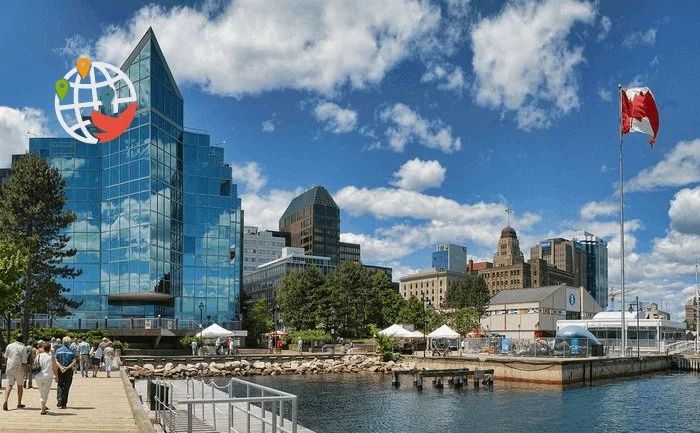Atlantic Canada needs workers

Atlantic Provinces employers are willing to offer jobs to immigrants.
Increasingly, employers from the Canadian Atlantic are in need of competent and skilled workers. They are willing to give a job to anyone with experience or the right skills. That's according to a report titled "Employers' Attitudes towards Hiring Newcomers and International Students in the Atlantic Provinces," which was recently compiled by the Harris Centre at Memorial University in Newfoundland.
What is Atlantic Canada?
It is a region of the four easternmost Canadian provinces: New Brunswick, Newfoundland and Labrador, New Scotland and Prince Edward Island.
The regional report compiles studies that have been conducted in the provinces to understand whether local employers are willing to provide jobs for immigrants. The difficulties of integrating newcomers are also discussed here.
According to the document, more than half of employers in the region who received resumes from immigrant and foreign students ended up hiring them. And 88% of employers surveyed said they already had positive experiences with immigrant workers. These employees have made a positive impression because they have proven themselves to be hard-working, skilled and reliable workers. However, it is difficult for provinces to retain immigrants in their region for long periods of time.
Why don't foreigners aspire to the Canadian Atlantic?
Atlantic Canada is currently experiencing a serious demographic crisis: Across the region, the population is visibly aging and the birth rate is very low. But most international students who come here to study do not seek vacant positions. They always end up leaving and looking for jobs in other provinces.
The main reason immigrants leave the region is because they are not satisfied with their jobs. Many immigrants choose to work and live in big cities such as Toronto, Vancouver, and Montreal where good jobs are easier to find. It is also easier to socialize and make friends with newcomers like themselves in larger cities.
What were you trying to change?
To improve the labour market situation, provincial governments, employers and schools are continuously developing new strategies to attract and retain large numbers of immigrants, foreign students and temporary workers.
Statistics show that in 2010, the Canadian Atlantic welcomed about 3% of immigrants, even though its own population is only 6.5% of the total Canadian population. In 2016, newcomers already accounted for 5%, but that didn't help much either.
Therefore, as an additional tool for immigration, in 2017, the Canadian federal government launched the Pilot Atlantic Immigration Program (AIP). Since then, foreign population inflows to the region have increased significantly, with a 22% increase in 2018 and a 26% increase in 2019.
What are the Atlantic provinces going to do to keep immigrants out?
The report highlights several recommendations to help immigrants and foreign students integrate more successfully into the regional labour market. One of them is to establish a coordinated dialogue between employers and job seekers taking into account economic needs of the region.
Another recommendation advises introducing intercultural training for immigrants and employers in order to facilitate mutual understanding. This is especially important as employers, besides staff retention, are very concerned about the language skills of their foreign employees as well as cultural and social differences that often hamper the work process.
But it's not all bad: Earlier this year, Immigration Canada reported that immigrant retention rates in the region had already begun to rise.
For their part, the Atlantic province employers surveyed suggested that governments, settlement agencies and non-governmental organizations do more to not only employ immigrants, but also educate their children, provide affordable housing and health care, and help newcomers develop strong social ties.





























